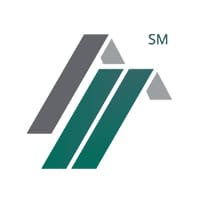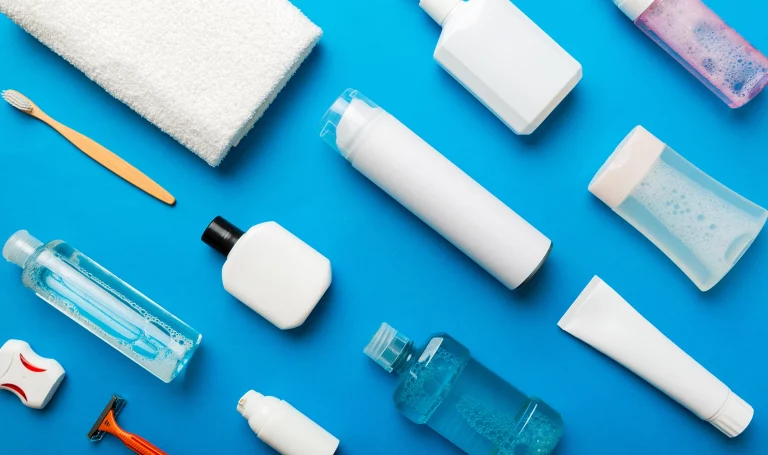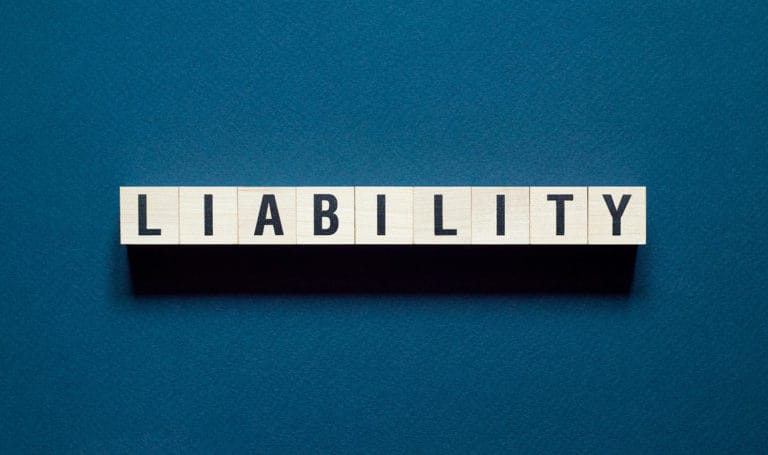Product liability insurance responds to risks your business faces everyday. This gives your business an extra layer of protection. When you submit a product liability insurance application, the insurance company will evaluate your business based on a variety of factors, such as your claim history, the limits you would like to have, the industry your business is in, and extra endorsements (i.e.,excess, umbrella, and vendors). While there may be other factors that can play into how much your policy will cost, we broke down a few common ones that can give you an idea of what insurance companies are looking for.
Let’s get started.
Claim History
There are times when things don’t go according to plan and that’s what insurance is for! Depending on the covered claim, your insurance policy can pick up the pieces and help your business out. If your company has a history of filing claims, your insurance may be higher because the company is taking on more risk. The bottom with line with multiple claims is the more you’ve filed, the more you are charged. On the other hand, if your company does not have a history of filing claims, your insurance premium should be competitive within the industry.Limits
For starters, an insurance limit is the maximum amount your insurance company will pay for a covered claim (i.e., lawsuit). You’ll typically find that the higher your coverage limit, the higher your premium may be. There are two types of limits you should be aware about.- Occurrence limit: This is the most the insurance company will pay for one occurence.
- General aggregate limit: The most the insurance company will pay out for all claims during the policy term.
Industry
Insurance companies take on your business risks and the coverage price will reflect that. Depending on the type of industry you’re in, the insurance company will put your business into one of three different categories: low-risk (i.e., sunglasses), medium-risk (i.e., health supplements), and high-risk (i.e., medical device manufacturing heart valves). With Insurance Canopy, we welcome new ventures and various industries. You can check out our list here.Size of Business
When an insurance company is evaluating the size of your business, they will look into the amount of employees, assets, and revenue. If your company makes a substantial amount of revenue, the chances of your business facing a legal battle is higher compared to a small startup that is working on building their business. The more assets your business has, the more likely your insurance premium will be more expensive.Extra Coverages
- Vendors Endorsement: This endorsement extends coverage under a manufacturer’s product liability policy to include coverage for specified vendors, which may sell or distribute products for the insured.
- Product Recall Endorsement: Product recall is designed to cover involuntary or voluntary recall costs. When a business owner goes through an involuntary recall, it means that a government agency requires that the business removes a product off the market. A voluntary recall happens when a business owner decides to remove a product voluntarily due to issues that have been brought to their attention (i.e.,injury).
- Excess Endorsement: Excess liability kicks in when your primary liability policy hits its limit. For example, your general liability policy responded to a $1 million claim but the claim requires $1.5 million. This is where excess liability can respond to the remaining amount.
Get Product Liability Insurance






